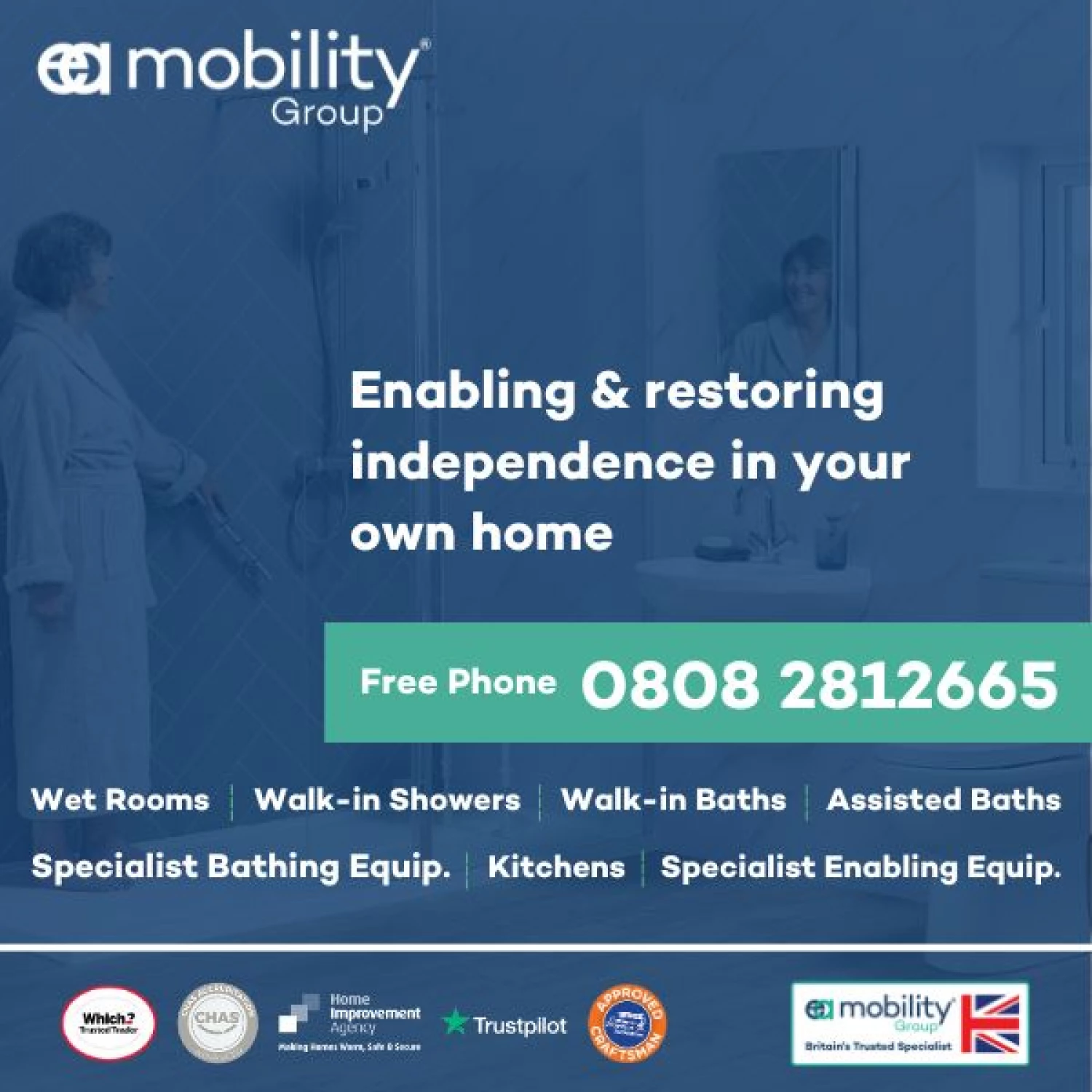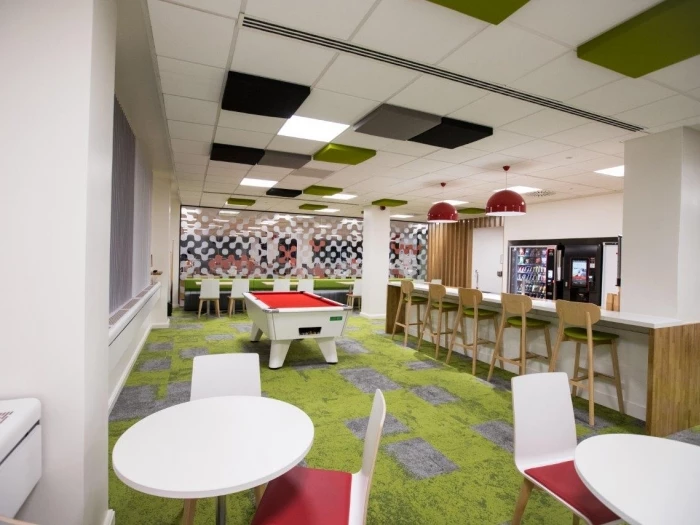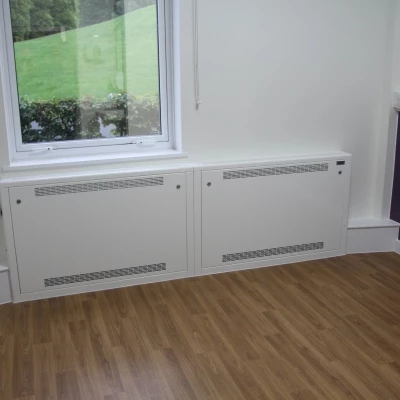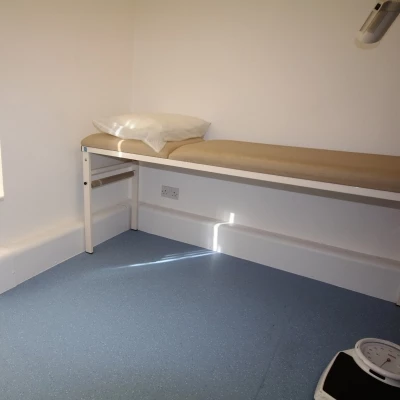Concealing Pipework & Radiators Removes Risks
Concealing pipework and radiators in public and private sector buildings can help to protect vulnerable people from burns – making buildings more accessible to all. Richard Braid, managing director of Pendock, explains more about the risks, and the solutions.
In the drive to make buildings such as leisure facilities, offices and schools fully accessible to everyone, it is important to consider the risks posed by pipework and radiators*1. According to the Health & Safety Executive (HSE), serious injuries and fatalities have been caused by contact with hot pipes and radiators1. In fact, between April 1 2018 and March 31 2019, there were 838 hospital admissions** in England due to unintentional injury by contact with hot heating appliances, radiators and pipes*2, and it's estimated that in 2002, 19,495 A&E attendances involved a fall onto a radiator or hot pipe*3.
The risks should be addressed in public and private sector buildings, especially those used by vulnerable groups. The elderly, children, people with reduced mental capacity, mobility or temperature sensitivity and people who cannot react appropriately, or quickly enough, to prevent injury are more vulnerable to the risks from hot surfaces*4.
The HSE information on managing the risks from hot water and surfaces in health and social care4 offers useful guidance, which we'd suggest can be applied to other types of property. It states that where an assessment has identified that vulnerable people may come into prolonged contact with hot surfaces such as pipes and radiators, the guidance is for the equipment to be designed or covered so that the maximum accessible surface temperature does not exceed 43°C.
Similarly, the Education (School Premises) Regulations*5 state that in a special school, nursery school or teaching accommodation used by a nursery class in a school, the surface temperature of any radiator, including exposed pipework, which is in a position where it may be touched by a pupil shall not exceed 43°C.
Meanwhile, in Section 5 of Approved Document M: access to and use of buildings, volume 2 – buildings other than dwellings*6, the guidance for sanitary accommodation is for any heat emitters to be either screened or have their exposed surfaces kept at a temperature below 43°C.
Concealing pipework
Therefore, in many buildings, the heating and plumbing pipework – ranging from tap and shower feeds to the flow and returns for central heating systems – is concealed (commonly known as 'boxing in'). In addition to protecting people from the risk of burns, boxing in can be more aesthetically pleasing than leaving pipework on display. While exposed copper pipes are currently 'on trend' and might be favoured in modern offices or restaurants, many people regard heating and plumbing pipework as unattractive, and will want it concealed. Exposed pipes can also be more easily damaged and are more difficult to keep clean.
Made-to-measure, pre-formed pipe boxing is a solution that combines practicality, aesthetics and flexibility, and provides consistent results. The pipe boxing can be fitted at low or high level, vertically or horizontally and in corners, meaning lengths of pipework running along skirting boards, walls or ceilings can be simply and neatly concealed.
With minimal cutting involved, pre-formed pipe boxing is easy to work with. In fact, we estimate it takes half the time to fit compared to the alternative option of on-site fabrication, making it a cost-effective, efficient solution. To allow for maintenance and inspection, access panels can be included, or the pipe boxing can be easily removed and refitted without causing any damage or refurbishment costs.
Covering radiators
Many radiators fitted in UK buildings will be operating at temperatures that can pose a burn risk; for example, in conventional, standard efficiency heating systems, temperatures can reach anywhere between 60 and 80°C.
In environments where vulnerable people are at risk, radiators can be covered with specially designed low surface temperature (LST) guards. Fitting neatly over existing radiators, they reduce the surface temperature to a safe level, and a baffle can be fitted below the grille to ensure guaranteed temperature control (for example, where surface temperatures must not exceed 43°C).
A welded anti-ligature mesh can also be fitted behind the radiator grille to remove ligature points (this prevents a cord or rope being attached to a radiator for the purpose of hanging or strangulation). Radiused 'bullnose' corners provide a further level of safety, helping to protect people from harming themselves on sharp corners.
With a high-quality guard, the radiator's heat output, performance and energy efficiency shouldn't be affected, and there shouldn't be any surface hot spots. Guards should be made from materials that won't degrade easily and should be easy to clean and maintain. An antibacterial coating that will kill MRSA, Salmonella, E. coli and C. difficile is included as standard on all Pendock radiator guards, and our products can be supplied with a drop-down lockable panel for routine cleaning, inspection and maintenance. The inclusion of pre-formed skirting cut outs and valve access panels make installations quick, simple, neat and consistent.
Many building owners and managers will opt for heating and plumbing pipework and radiators to be covered to reduce the risk of burns – and pre-formed solutions are practical, cost-effective and straightforward. When pipe boxing and radiator guards are being specified for accessible buildings, it's important to ensure that any clearances required (for example for wheelchair users) are not compromised.
Pendock manufactures encasement products at its UK factory, in standard and bespoke sizes, shapes, colours and finishes – ensuring the company can meet any requirement. In addition, Pendock offers a design service, site visits/surveys and installation support.
For further information, please visit www.pendock.co.uk.
**Finished Consultant Episodes: a period of care for a patient under a single consultant at a single hospital. The data is based on the number of episodes of care for admitted patients rather than the number of patients.
*1 http://www.hse.gov.uk/healthservices/scalding-burning.htm
*2 https://digital.nhs.uk/data-and-information/publications/statistical/hospital-admitted-patient-care-activity/2018-19
*3 RoSPA analysis of data from DTI Home Accident Surveillance System 2002
*4 http://www.hse.gov.uk/pubns/hsis6.pdf
*3 RoSPA analysis of data from DTI Home Accident Surveillance System 2002
*4 http://www.hse.gov.uk/pubns/hsis6.pdf
*5 https://www.legislation.gov.uk/uksi/1999/2/contents/made
*6 https://www.gov.uk/government/publications/access-to-and-use-of-buildings-approved-document-m






